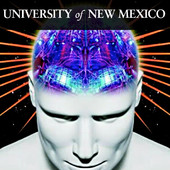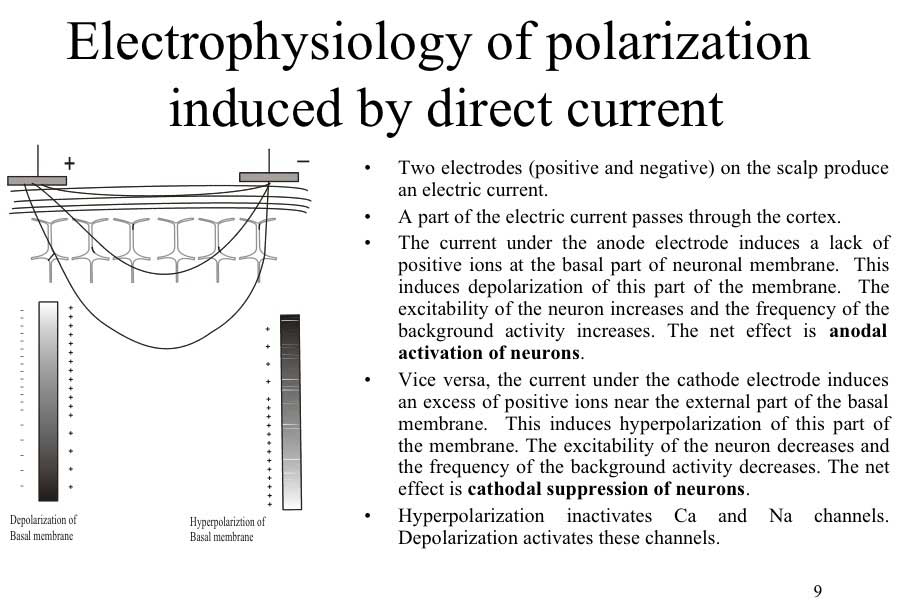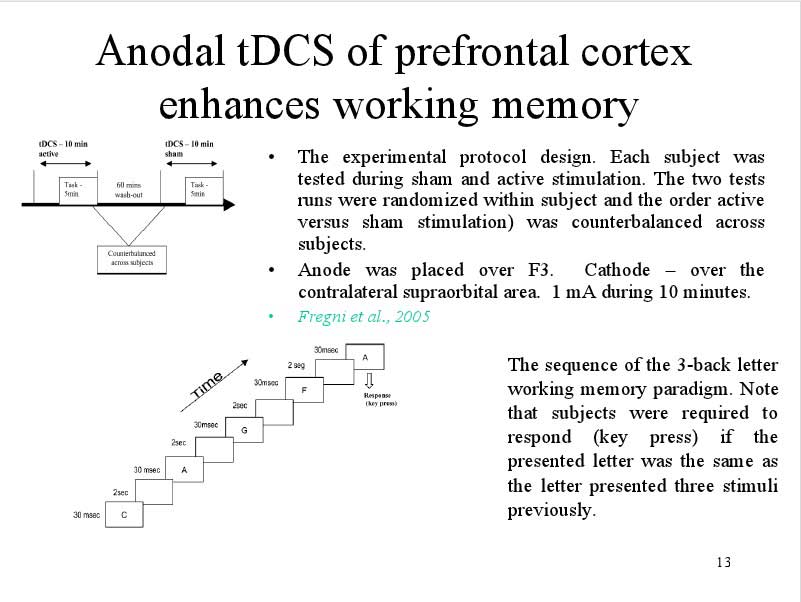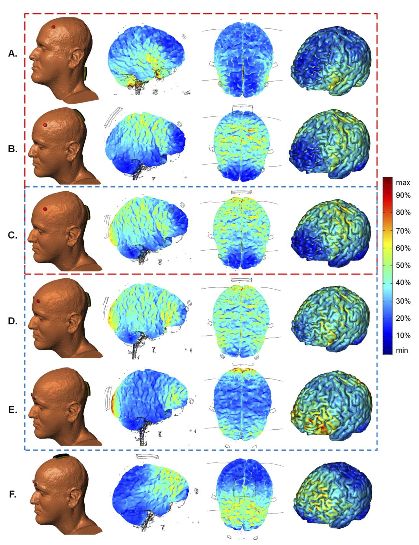The ‘current’ state of the art! Thanks UC Davis for sharing! http://www.youtube.com/user/UCDavis
Dr. Marom Bikson, Associate Professor of Biomedical Engineering at The City College of The City University of New York, discussing the cellular mechanisms of transcranial direct current stimulation (tDCS) at the Summit on Transcranial Direct Current Stimulation (tDCS) at the UC-Davis Center for Mind & Brain.
Dr. Vince Clark, Professor of Psychology and Neuroscience at the University of New Mexico, speaking on the role of tDCS in cognitive enhancement in a talk at the Summit on Transcranial Direct Current Stimulation (tDCS) at the UC-Davis Center for Mind & Brain.
In this talk at the Summit on Transcranial Direct Current Stimulation (tDCS) at the UC-Davis Center for Mind & Brain, Dr. Roy Hamilton, Assistant Professor of Neurology at the University of Pennsylvania, discusses a range of clinical applications of the transcranial direct current stimulation (tDCS) technique.
Dr. Michael Nitsche, a pioneer in the field of transcranial direct current stimulation (tDCS) from the University of Goettingen in Germany, speaking about the physiological basis of tDCS at the Summit on Transcranial Direct Current Stimulation (tDCS) at the UC-Davis Center for Mind & Brain.
Dr. Dylan Edwards of the Burke Medical Research Institute, speaking on the role of tDCS and robotics in human motor recovery in a talk at the Summit on Transcranial Direct Current Stimulation (tDCS) at the UC-Davis Center for Mind & Brain.
Dr. Vincent Walsh of University College London, discussing the current evidence for and against the role of transcranial direct current stimulation (TDCS) in improving cognition at the Summit on Transcranial Direct Current Stimulation (tDCS) at the UC-Davis Center for Mind & Brain.

 Just found this in iTunesU. Wow! You’ll recognize many of these names if you’re reading the tDCS literature. I’ve only watched the Michael Weisend talks (whom we met
Just found this in iTunesU. Wow! You’ll recognize many of these names if you’re reading the tDCS literature. I’ve only watched the Michael Weisend talks (whom we met 

